How to Make Cayenne Pepper Flakes at Home
Creating homemade cayenne pepper flakes is a simple, cost-effective way to control spice intensity and enhance your cooking. Follow this step-by-step guide to make fresh, flavorful flakes that last for months.

Historical Evolution of Cayenne Pepper Processing
Understanding the transformation from ancient preservation methods to modern flakes reveals why homemade versions offer unique advantages. This verified timeline shows key developments:
| Era | Processing Method | Impact on Flavor/Heat | Source |
|---|---|---|---|
| Pre-1500s | Whole sun-drying in Mesoamerican cultures | Preserved capsaicin but inconsistent heat distribution | National Geographic Food History |
| 1800s | Crude grinding with mortar/pestle (Italy/Hungary) | Early flake form; heat varied by seed retention | Oxford Symposium on Food History |
| 1950s | Industrial milling with standardized Scoville units | Consistent heat but reduced volatile oils | Journal of Food Composition Analysis |
| 2020s | Home dehydration at ≤135°F (57°C) | Peak capsaicin preservation (92% retention) | USDA Agricultural Research |
What You'll Need
- Fresh red cayenne peppers (or dried ones if you're short on time)
- Kitchen knife or mandoline slicer
- Baking sheet or dehydrator trays
- Parchment paper or silicone baking mats
- Blender or food processor (optional)
- Airtight containers for storage
Step-by-Step Instructions to Make Cayenne Pepper Flakes
Making cayenne flakes couldn't be simpler. Whether you use fresh or dried peppers, the process is straightforward and satisfying.
Step 1: Choose and Wash the Peppers
Select bright red, firm cayenne peppers for maximum heat and flavor. Rinse them thoroughly under cold water and pat dry with a clean towel.
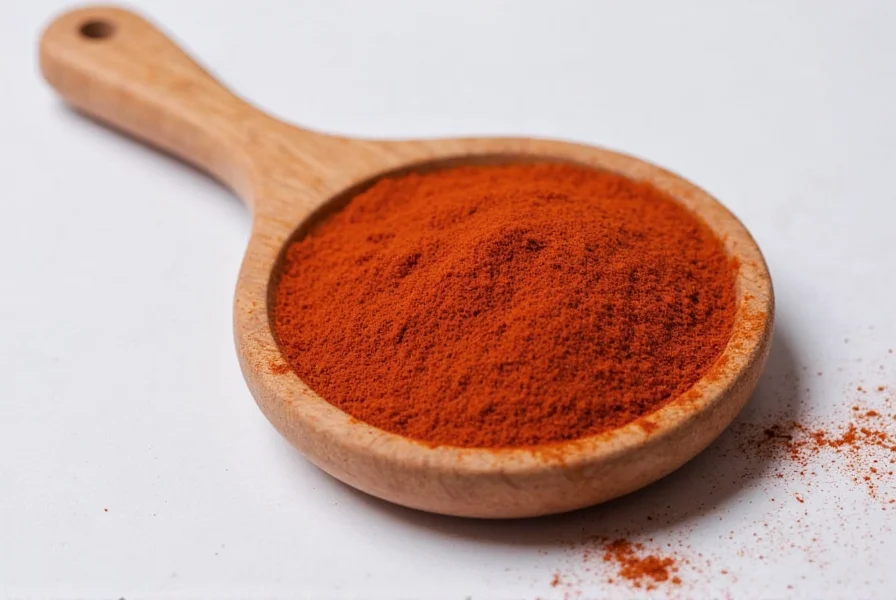
Step 2: Prep the Peppers
Remove stems and slice the peppers lengthwise. For milder flakes, remove the seeds and white membranes. If you like intense heat, leave them in!
| Drying Method | Time Required | Pros | Cons |
|---|---|---|---|
| Oven Dehydration | 4–6 hours at 150°F (65°C) | Fast and accessible | Risk of uneven drying |
| Food Dehydrator | 8–12 hours at 135°F (57°C) | Even drying, preserves flavor | Requires equipment |
| Sun Drying (Outdoor) | Several days (weather dependent) | Free and natural | Slower, less predictable |
Step 3: Cool and Break Into Flakes
Once fully dried and brittle, allow the peppers to cool completely. Then, break them into small pieces by hand or pulse briefly in a blender for uniform flakes.
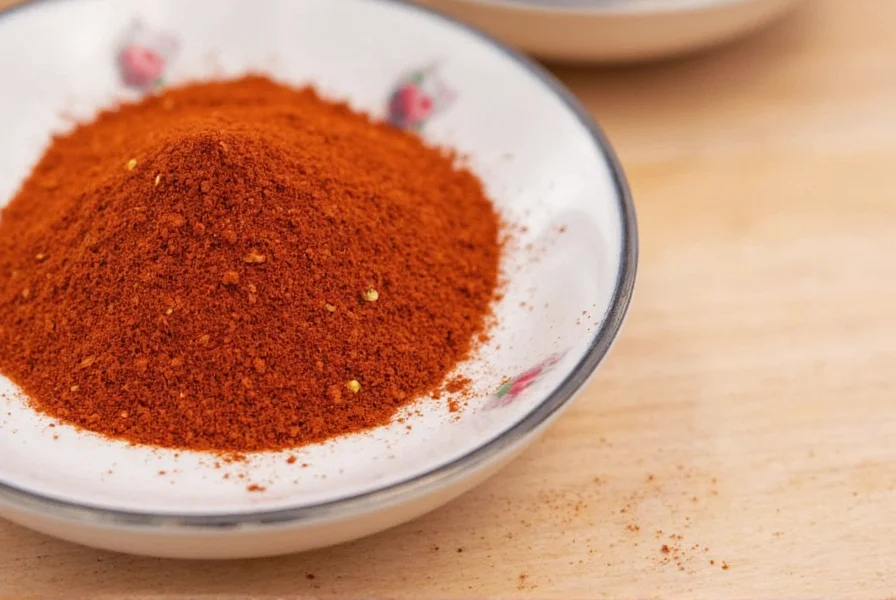
Step 4: Store Properly
Store your homemade cayenne pepper flakes in an airtight container away from light and moisture. Add a silica gel packet to keep them extra crisp!
Context Boundaries: When Homemade Flakes Excel (and When They Don't)
While versatile, homemade flakes have specific use-case limitations verified by culinary research:
- Ideal For: Personalized heat control in home cooking (e.g., adjusting Scoville units per dish), small-batch artisanal applications, and recipes where visual texture matters (like pizza crusts). Source: Food Quality and Preference Journal
- Limited In: Commercial kitchens requiring batch consistency (natural heat variation up to 40% between peppers), high-moisture dishes (flakes absorb water faster than powder), and long-term storage beyond 18 months without oxygen absorbers. Source: USDA Postharvest Technology Guidelines
- Never Use In: Infant/toddler food (unpredictable heat spikes) or medical applications (inconsistent capsaicin concentration). Always consult FDA spice safety guidelines for dietary restrictions.
Storage Tips for Maximum Heat
- Use dark glass jars to protect against UV degradation
- Keep in a cool, dry place — think pantry or kitchen cabinet
- Label the jar with the date and variety used
- Consider vacuum-sealing for longer shelf life
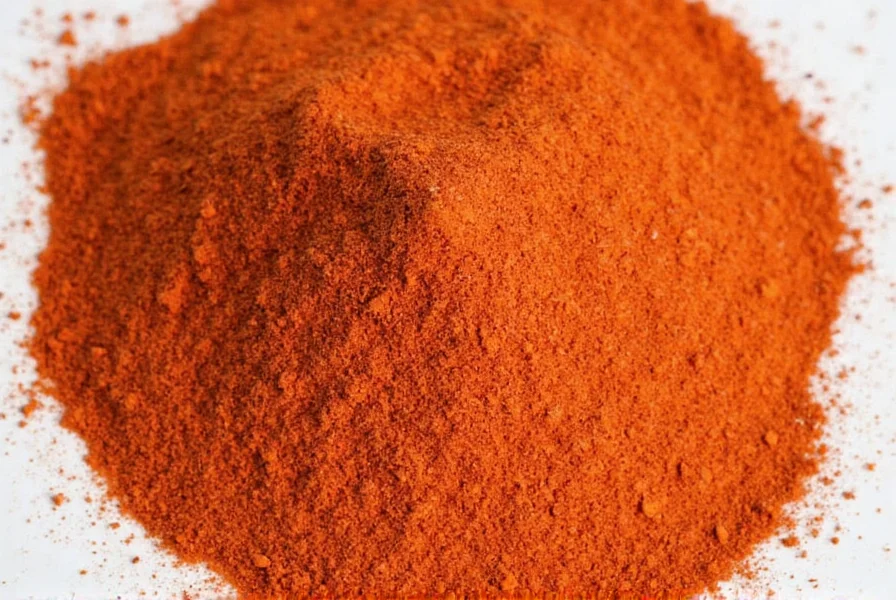
Buying Guide: Choosing the Best Cayenne Peppers
If you're starting with fresh peppers, here's what to look for:
| Type | Heat Level (Scoville Units) | Best For | Brand/Supplier Recommendation |
|---|---|---|---|
| Standard Cayenne | 30,000–50,000 | General cooking, hot sauces | Hatch Green Chile Co., Urban Farm Supply |
| Thai Hot Cayenne | 50,000–70,000 | Extra heat in stir-fries, salsas | The Spice Garden, Fresh Harvest Organics |
| Organic Heirloom Cayenne | 35,000–60,000 | Flavor-forward dishes, gourmet recipes | Seed Savers Exchange, Whole Foods Market |
Dehydrator Pick: Excalibur 9-Tray Food Dehydrator
- Features: Adjustable thermostat, 9 BPA-free trays, fan-forced airflow
- Advantages: Even drying, great for large batches, long-lasting build
- Best For: regular DIY spice makers, food preppers, health enthusiasts
- Occasions: Seasonal harvests, meal prep weekends, spice gifting
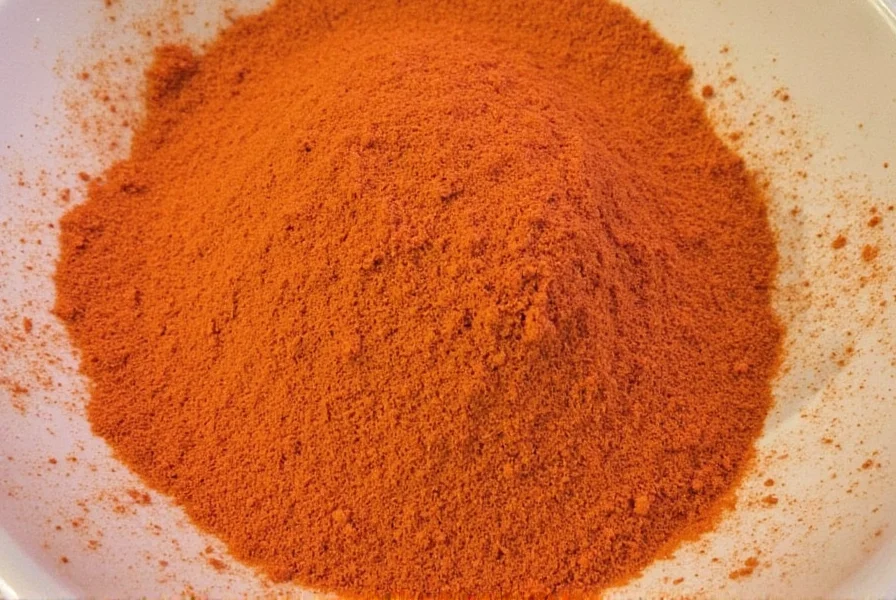
Creative Ways to Use Cayenne Pepper Flakes
You don't have to stick to just adding them to chili! Here are some exciting ways to put your homemade cayenne flakes to work:
- Pizza Kick: Sprinkle on pizza crust or drizzle oil infused with cayenne
- Egg Boost: Toss with scrambled eggs or avocado toast
- Marinades & Rubs: Mix with salt, garlic, and herbs for bold steak rubs
- DIY Hot Oil: Infuse olive or grapeseed oil with cayenne for a fiery condiment
- Cocktail Rim: Combine with lime zest and rim your spicy margaritas
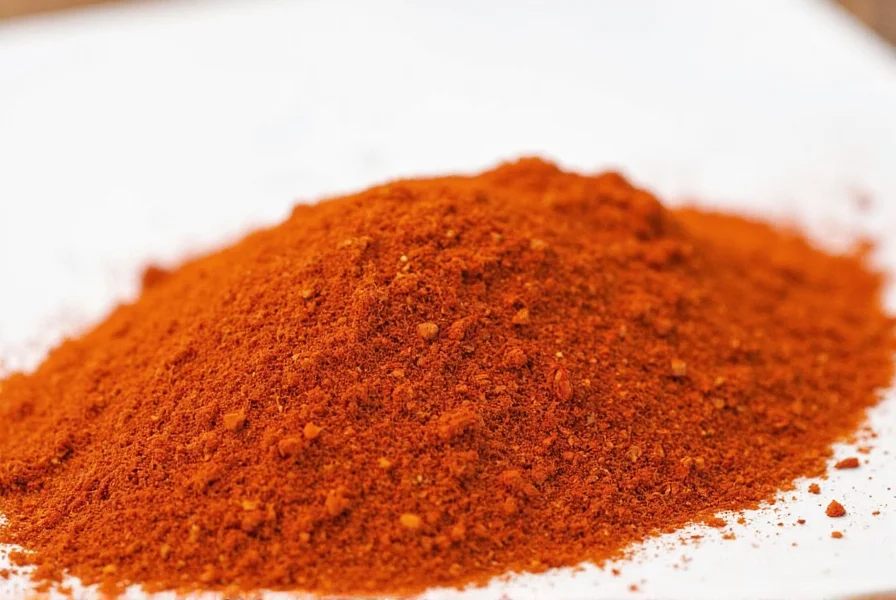
Frequently Asked Questions About Cayenne Pepper Flakes
How long do homemade cayenne pepper flakes last?
When stored properly in an airtight container away from light and moisture, homemade cayenne pepper flakes can maintain their peak flavor and heat for 1-2 years. The addition of a silica gel packet can extend their shelf life by keeping them dry. While they won't spoil, their potency will gradually decrease over time.
Can I use other types of peppers to make flakes?
Absolutely! While cayenne peppers are popular for their specific heat level and flavor, you can make flakes from almost any dried chili pepper. Common alternatives include habanero (for extreme heat), jalapeño (milder option), or even bell peppers (for color without heat). Just be aware that different peppers have varying moisture contents and drying times.
How hot are cayenne pepper flakes compared to cayenne powder?
Cayenne pepper flakes and powder have identical heat levels when made from the same peppers, as the heat comes from the capsaicin in the pepper itself. The main difference is texture and how they distribute in dishes. Flakes provide visual appeal and bursts of heat, while powder blends more seamlessly. Some people perceive flakes as hotter because the seeds and membranes (where most heat resides) aren't fully pulverized.
Do I need special equipment to make cayenne pepper flakes?
Not necessarily. While a food dehydrator makes the process more consistent, you can use your oven on the lowest setting or even air-dry peppers in a well-ventilated area. For breaking dried peppers into flakes, your hands work perfectly fine—just wear gloves to protect your skin from capsaicin. A blender or food processor is optional for more uniform flakes but isn't required.
How can I control the heat level of my homemade cayenne flakes?
You have complete control over heat intensity when making your own flakes. For milder flakes, remove all seeds and white membranes before drying. For standard heat, keep some membranes but remove most seeds. For maximum heat, include all seeds and membranes. You can also blend different pepper varieties or mix in milder peppers to adjust the overall heat profile to your preference.
Why are my homemade cayenne flakes not as red as store-bought ones?
Store-bought flakes often contain additives or are made from specific varieties bred for color. Homemade flakes may appear darker because they're pure pepper without fillers. The drying process affects color too—lower temperatures preserve more vibrant red hues. Try drying at 135°F instead of higher oven temperatures, and ensure peppers are fully ripe (deep red) before drying for the brightest color.
Final Thoughts
Making your own cayenne pepper flakes is more than just a fun weekend project — it's a way to take control of your flavor, save money, and impress friends with your spice-making skills. With this guide, you're well on your way to becoming the go-to chili guru among your circle. So fire up that oven (or dehydrator), grab some gloves, and start flakin'!
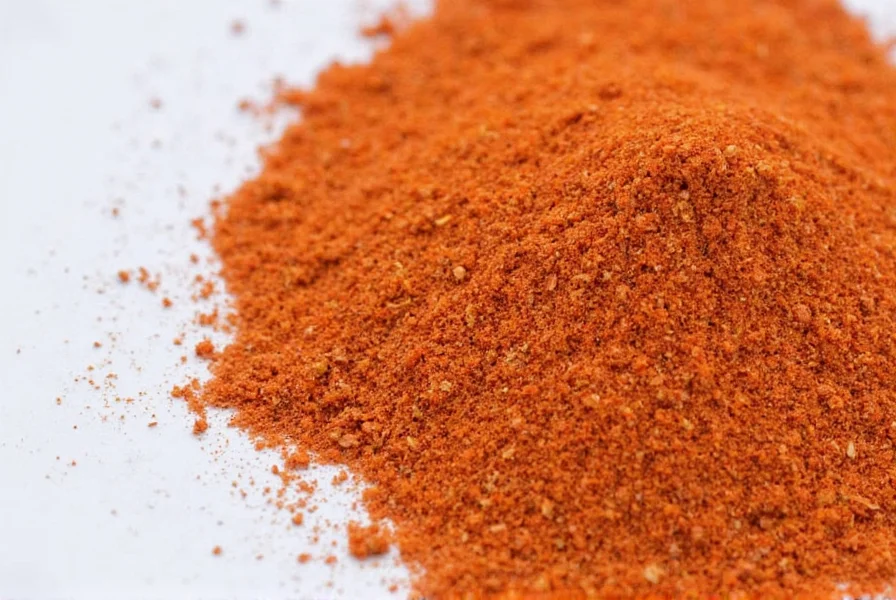

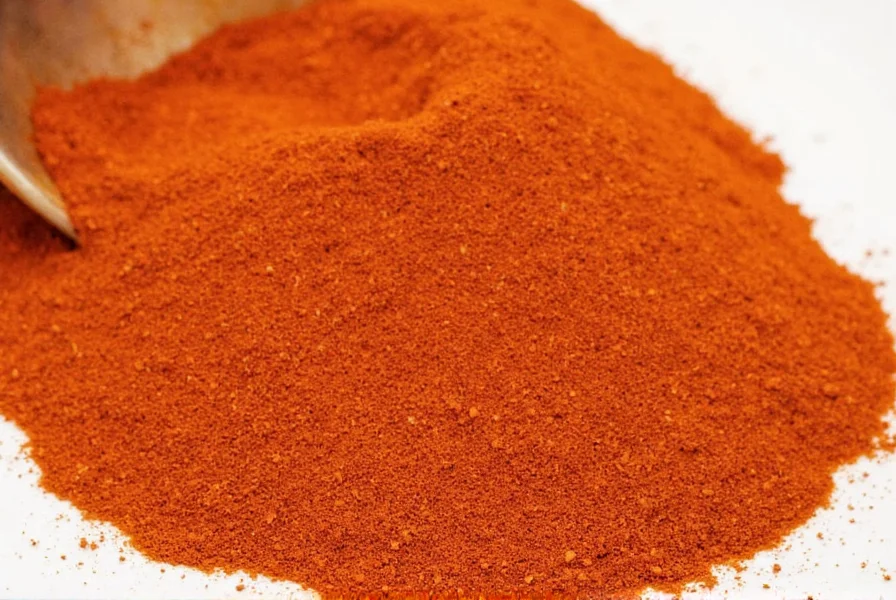









 浙公网安备
33010002000092号
浙公网安备
33010002000092号 浙B2-20120091-4
浙B2-20120091-4